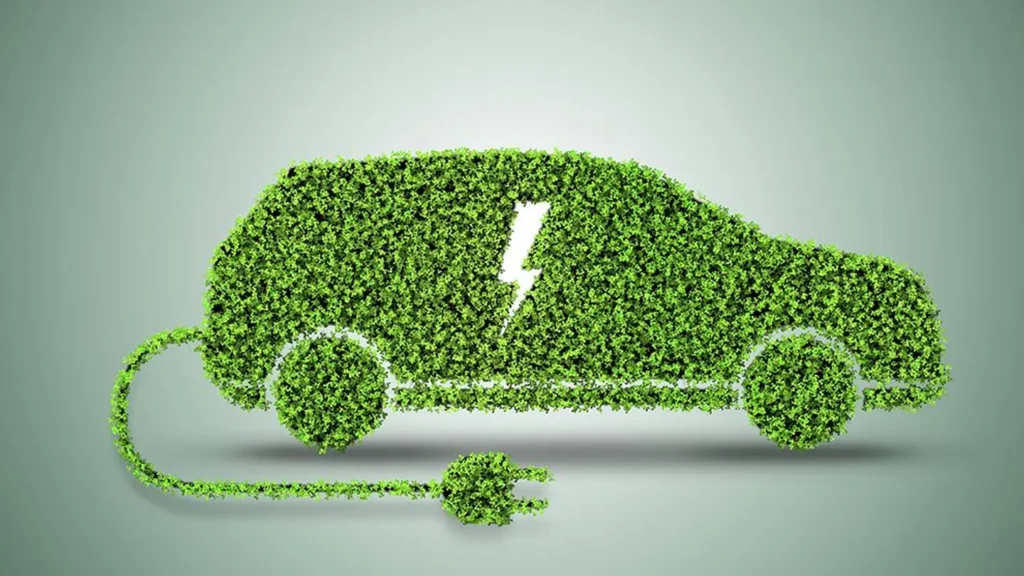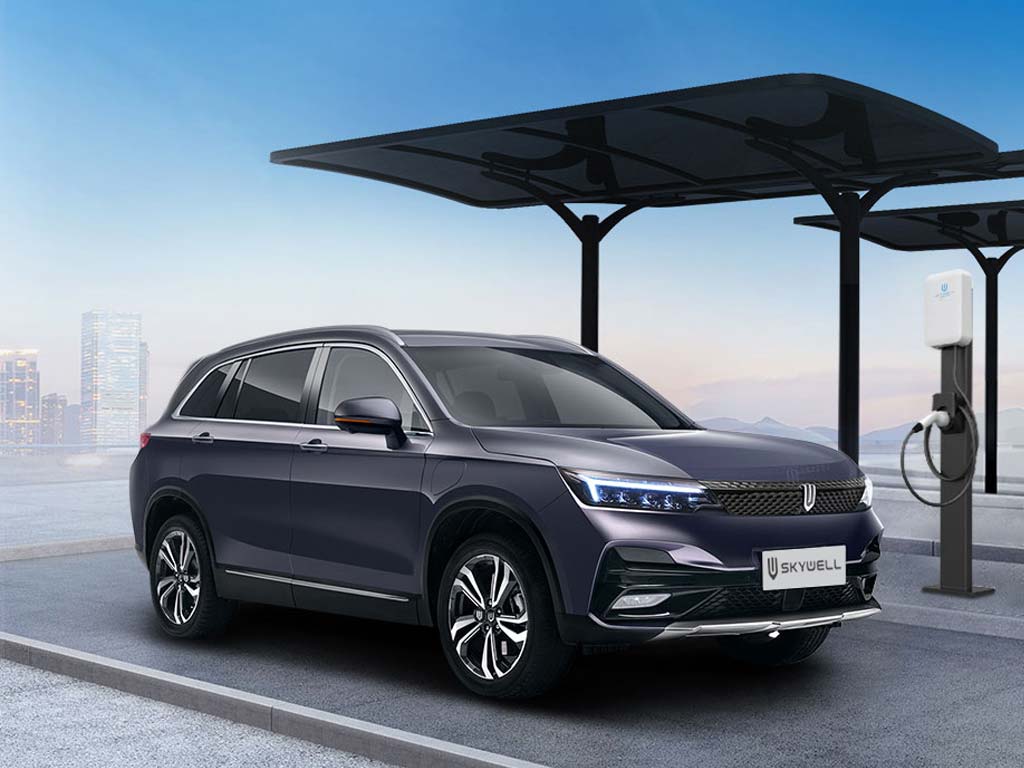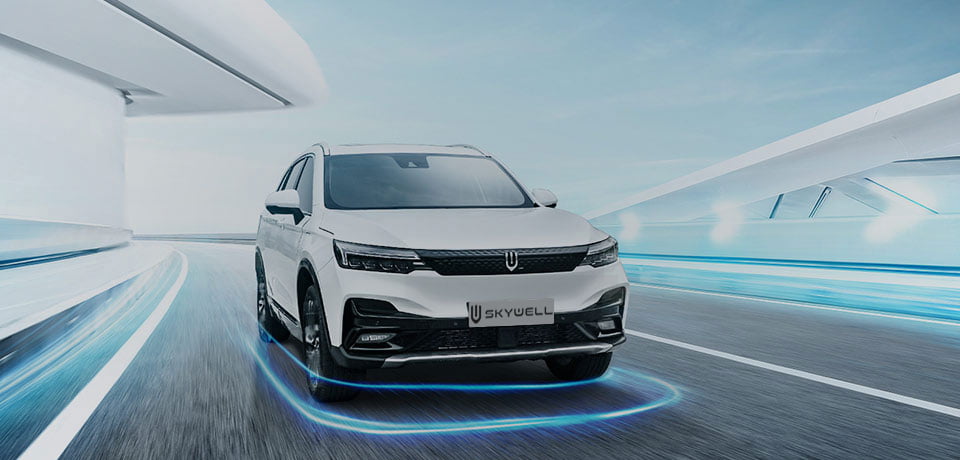Electric vehicles have become increasingly popular in recent years. One of the key factors driving their widespread adoption is their long-term cost-effectiveness. In this article, we will provide information on the charging infrastructure for electric vehicles: home charging, fast charging stations, and more. We will also discuss the current state of the charging infrastructure in Europe and future plans.
Charging Infrastructure for Electric Vehicles

Home Charging for Electric Vehicles
Level 1 (Home) Charging: Charging electric vehicles at home is typically done using Level 1 charging. This method involves plugging the vehicle into a standard home outlet. Level 1 charging provides 120V of power, offering approximately 6-8 kilometers of range per hour. Depending on the model, it can take between 7 to 20 hours to fully charge the vehicle. This method is ideal for drivers because it is low-cost and easy to implement.
Level 2 (Standard) Charging: For those seeking a faster charging option, Level 2 charging units are available. This method uses outlets capable of delivering 240V to 400V and offers 25 to 40 kilometers of range per hour. Level 2 charging is common in public places such as parking lots, shopping centers, and rest areas. Additionally, special stations that can be installed in homes make this type of charging more accessible. Depending on the model, it can take between 2 to 10 hours to fully charge the vehicle.
The Importance of Fast Charging Stations
Level 3 (Fast) Charging: Fast charging of electric vehicles is possible with DC (direct current) charging stations. Level 3 charging stations transfer energy at high voltages (400-600V), quickly charging vehicles. A 10-minute charge can provide approximately 65 kilometers of range, and it can take as little as 30 minutes to fully charge the vehicle. These stations are typically found at highway rest stops, shopping centers, and urban parking areas.
Benefits of Fast Charging: Fast charging stations alleviate one of the biggest concerns of electric car users—range anxiety. Fast charging capability allows drivers to quickly recharge their vehicles during long trips, facilitating the broader adoption of electric cars.
What is the State of Electric Vehicle Charging Infrastructure in Europe?

As of 2024, Europe boasts over 300,000 public charging points, making it one of the most extensive electric vehicle charging networks globally. Countries like the Netherlands, Germany, France, and the United Kingdom are at the forefront, providing a dense network of chargers.
The Netherlands alone accounts for nearly 25% of all public charging points in the EU, emphasizing its commitment to electric vehicle adoption.
Level 1 and Level 2 Charging: These are commonly available at public locations such as parking lots, shopping centers, and workplaces. Level 2 charging, offering faster recharge times, is particularly prevalent.
Fast Charging Stations: Europe has a substantial number of DC fast chargers (Level 3), essential for long-distance travel. Networks like Ionity, which is a joint venture of major automakers, have established numerous fast-charging stations across highways and major routes.
For more content like “Charging Infrastructure for Electric Vehicles: Home Charging, Fast Charging Stations, and More” you can check out our general category.
Developing the charging infrastructure for electric vehicles is a critical factor in their widespread adoption. Home charging and fast charging stations offer different options to meet user needs. Europe is making significant strides in this area, investing in the future of electric vehicles. An effective charging infrastructure holds great potential for both environmental sustainability and economic growth. Transitioning to electric vehicle models is a crucial step towards a cleaner future and a robust economic structure.
You may be interested in;
Electric Vehicles and Innovative Technologies: How Will the Future of the Automotive Industry Shape?
Safety Features of Electric Vehicles: Advanced Technologies and Driver Assistance Systems
Power Up Your Workforce: The Benefits of Installing Workplace EV Chargers

